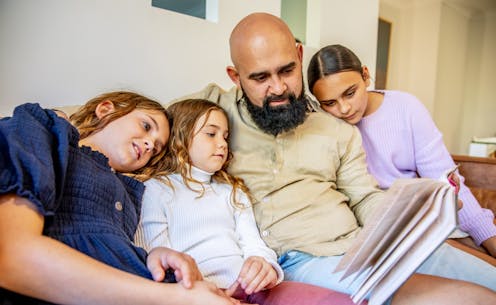5 First Nations picture books for Australian children to read during NAIDOC week – or any time
- Written by Emerson Zerafa-Payne, Lecturer, University of Southern Queensland

Books are powerful tools for educating and empowering children about the histories, achievements and ongoing contributions of First Nations peoples to Australian society.
The best books are those written by First Nations authors that authentically recognise and celebrate culture. Often, they are produced by First Nations publishers, such as Broome-based Magabala books or in one case, the Indigenous Literacy Foundation.
Here, then, are five such picture books to read during NAIDOC[1] week – or indeed, any time.

















